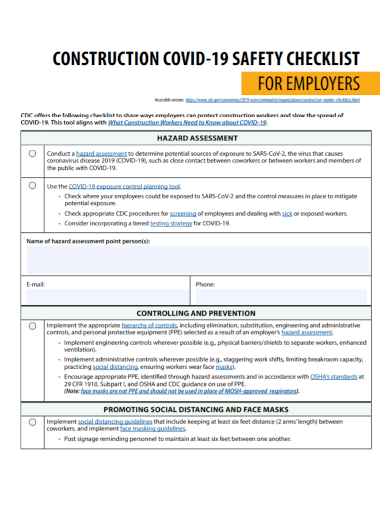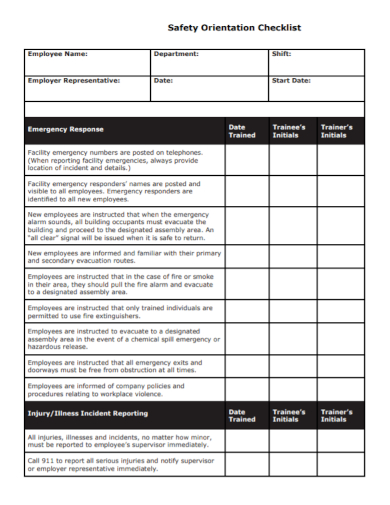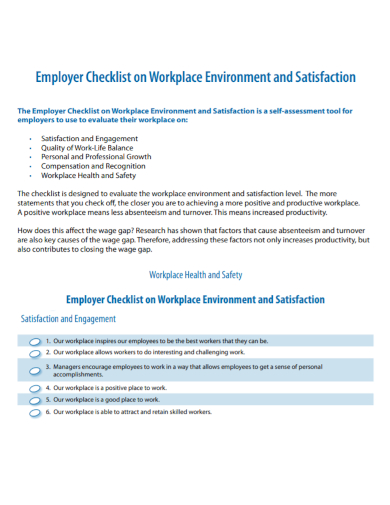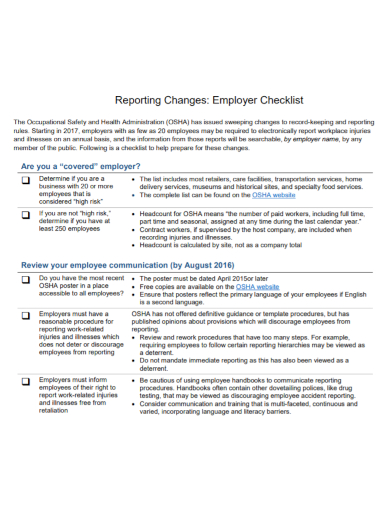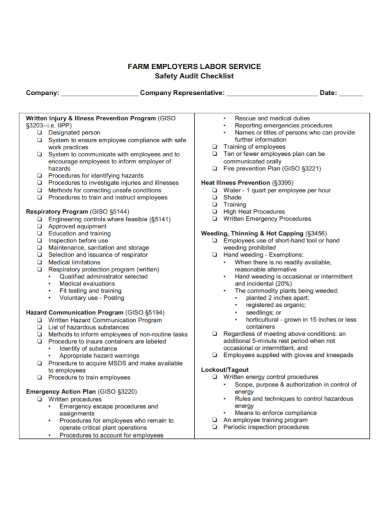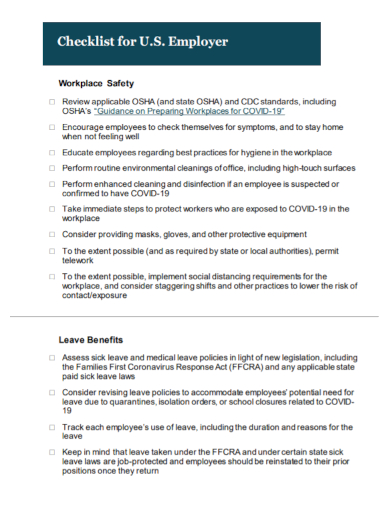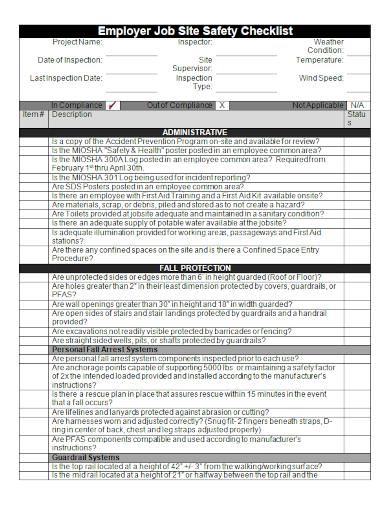For employers out there, health and safety of each of their employees is and should always be paramount. Regardless of work type, shape, and scale, employees have a legal right to be safe at work, and employers are only right to make sure that it is so. Especially for work environments that constantly expose their employees to numerous health and safety hazards like construction sites. It’s important for employers to make sure that the workplace provides a sense of safety and security for each employee or individual that is present on site. Safe workplaces allow your employees to work confidently and efficiently, being rest assured that danger does not rest upon them. Not only does it protect the welfare of each employees, it also keeps the business moving by making sure that no work related incidents hinder business activities.
Employers tend to set up well established safety and emergency plans around the workplace. From fire plans to evacuation plans, these policies are essential to ensure the safety of each individual. But more often than not, having these systems just aren’t enough to keep everything safe and sound. An employer also has to make sure that these policies are strictly being followed, up to regulation, and actually provides safety and security. Regular inspections are just as important as the policies themselves. A great tool to always have when conducting a safety inspection is a safety checklist. Most preferably employer safety checklists. To get a good idea of what this document really is and how it works, check out these employer safety checklist samples listed below. You can even uses these samples as a guide or as a template for when you want to create your own employer safety checklist.
9+ Employer Safety Checklist Samples
1. Construction Employer Safety Checklist
2. Employer Health and Safety Checklist
3. Employer Safety Orientation Checklist
4. Employer Workplace Health and Safety Checklist
5. Employer Occupational Safety Checklist
6. Employer Safety Audit Checklist
7. Employer Workplace Safety Checklist
8. Placement Employer Safety Orientation Checklist
9. Covid-19 Safety Checklist for Employer
10. Employer Job Site Safety Checklist
What Is an Employer Safety Checklist?
Safety checklists are tools used by safety officers, safety supervisors, even employers themselves, to undertake critical safety inspections and examinations in the workplace. It should cover every factor and operation that is involved in and every work related activity in the worksite. A checklist makes sure that the inspection goes smooth and well, and is actually effective by establishing a guideline for each component and factor in the workplace that has to be inspected. Checklists can help thoroughly assess the safety of the environment and proactively address risks or hazards that could lead to highly costly work related incident that could’ve been easily prevented if only the employer tried. With the help of a proper safety checklist, safety inspectors should be able to examine every work related activity, operation, and component that could pose a threat the safety of everybody present in the worksite. These checklists should also be tailored to the specific needs of a workplace and the nature of the environment.
What Should Be Included in an Employer Safety Checklist
The best safety checklist should be specific to the nature to a worksite’s specific needs. That’s why it’s important to have your tailored to the nature of the operations in the workplace. Although the examples outlined below do not list all the possible items for a workplace safety inspection, it is still important to be sure to take note of every unique component of your worksite and include those specifications in your checklist.
- Environment
- Containers
- Electrical
- Fire protection and prevention
- Material handling
- Personal Protective Equipment
- Storage facilities
- Paths and walkways
- Safety devices
- Control panels
- Hygiene and first aid facilities
- Powered equipment and other electronic devices
- Security technology and security personnel
- Psychosocial hazards
That should be able to cover most, if not all of the basic components that your checklist has to go over. Other more specific components entirely depend on the nature of the work in your workplace. Make sure to have those specifications, if there are, covered and included.
FAQs
What is a safety checklist?
Safety checklists are paper based or digital forms that are used by safety officers to inspect and identify workplace hazards.
What are the five steps in a workplace inspection?
- Planning and scheduling
- Preparation
- Implementation
- Documentation
- Follow up
What are the five elements of safety?
- Management commitment and responsibility;
- Safety accountabilities;
- Key safety personnel appointment;
- Coordination of emergency response planning; and.
- Documentation.
Workplace safety is and should always be top priority for every employer in the world out there. Not do employees have a legal right to be safe at work, a safe working environment can also drastically improve your employee’s productivity and work ethic. An unsafe worksite can lead to employees not wanting to go to work for fear of risking their lives.
Related Posts
FREE 16+ New Hire Checklist Samples
FREE 10+ Sample Health Risk Assessments
FREE 10+ Contractor Health and Safety Questionnaire Samples
FREE 9+ Sample Safety Statement
FREE 9+ Workplace Investigation Samples
FREE 8+ Sample Hazard Assessment
FREE 7+ Sample Safety Manual
How to Create a Checklist?
FREE 37+ Checklist Samples
FREE 31+ General Employment Agreement Samples
FREE 14+ Sample Employee Self Evaluation Forms
FREE 12+ Observation Checklist Samples
FREE 10+ Operating Procedures Samples
FREE 10+ Hazard Assessment Form Samples
FREE 9+ Sample Safety Manual

